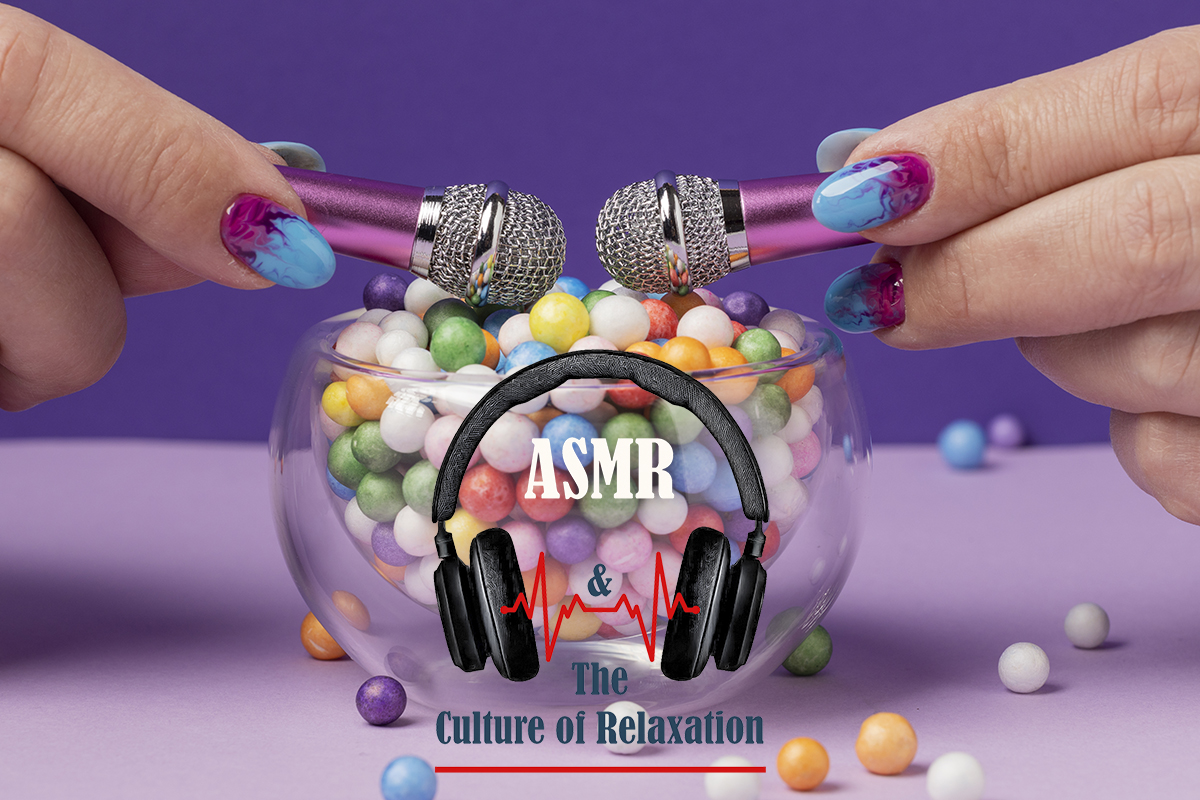What are the best fruits to consume?
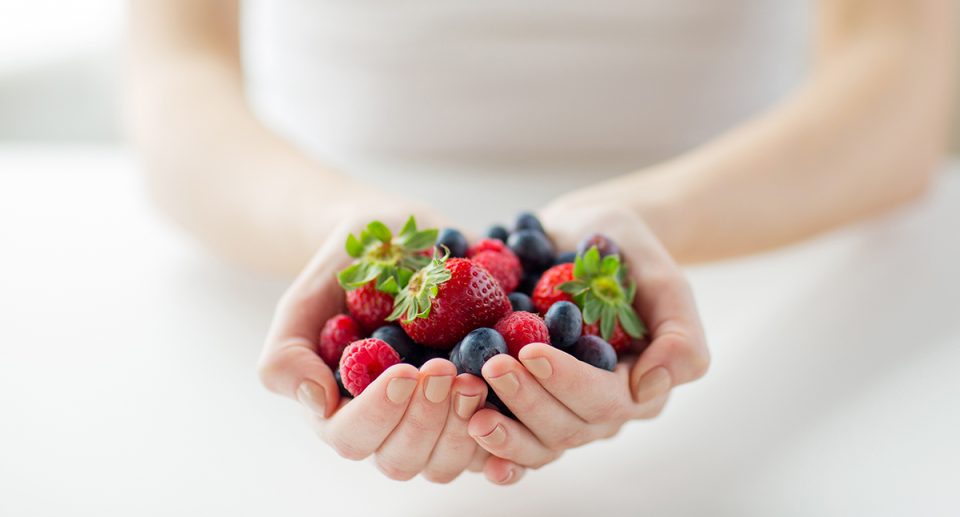
Consuming two portions of fruit daily is an excellent dietary objective for promoting overall well-being. Given this, why not opt for fruits that offer the greatest nutritional benefits?
It’s important to recognize that not all fruits are identical. While they all offer certain advantages, some surpass others in terms of their health benefits. Here are six fruit recommendations from a dietitian that combine delightful flavors with substantial nutritional value.
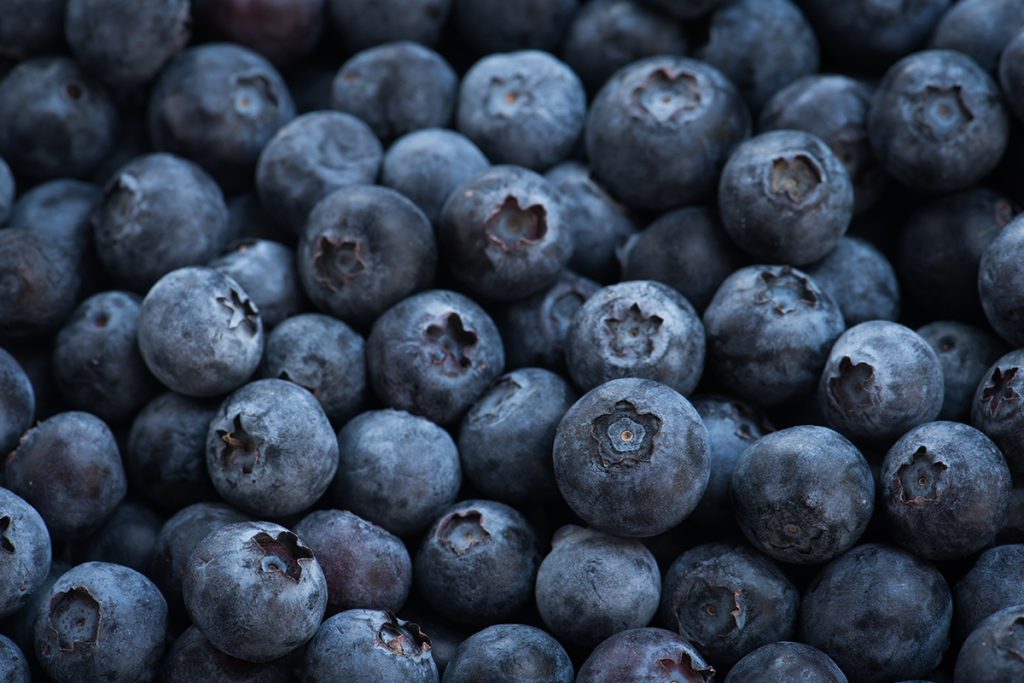
Blueberries
What are the potential advantages of blueberries? Well, to begin with, they can:
- Diminish age-related memory decline.
- Aid in the fight against cancer.
- Safeguard your body’s cells.
- Enhance heart health.
A significant portion of these benefits can be attributed to the abundant levels of antioxidants found in these small berries. Antioxidants combat free radicals, which are unstable atoms in your body that can harm cells and contribute to illnesses.
Additionally, blueberries are a rich source of soluble fiber, which helps regulate cholesterol levels, and omega-3 fatty acids, which promote brain health. They are also abundant in vitamin C, vitamin K, and manganese.
And here’s perhaps the most significant advantage of all: Blueberries are delicious. Enjoy them as a satisfying snack or enhance the flavor of yogurt, oatmeal, or salads by adding them. When you consider all of these factors, it’s no surprise that blueberries have earned the title of a ‘super fruit’.
In terms of nutritional content, one cup of blueberries provides approximately 84 calories, 3.55 grams of fiber, and 14.7 grams of natural sugars.
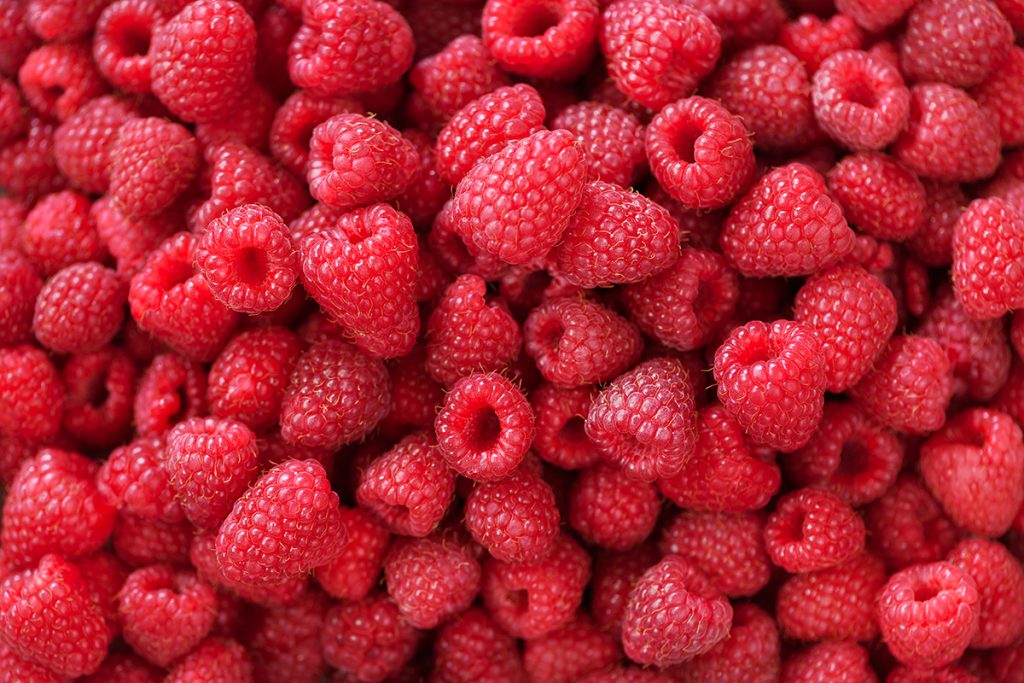
Raspberries
Raspberries are abundant in antioxidants and polyphenols, which are beneficial nutrients that help reduce oxidative damage. Similar to their relative, the blueberry, raspberries are also rich in fiber, promoting digestion, blood glucose control, and weight loss.
But that’s not all. Raspberries are also excellent sources of:
- Vitamin C.
- Manganese.
- Potassium.
In an intriguing way, raspberries maintain a sweet taste despite having low sugar content. They are delightful to consume on their own or can be used to enhance the flavor of various dishes or smoothies.
In terms of nutritional value, one cup of raspberries provides approximately 64 calories, 8 grams of fiber, and 5.4 grams of natural sugars.
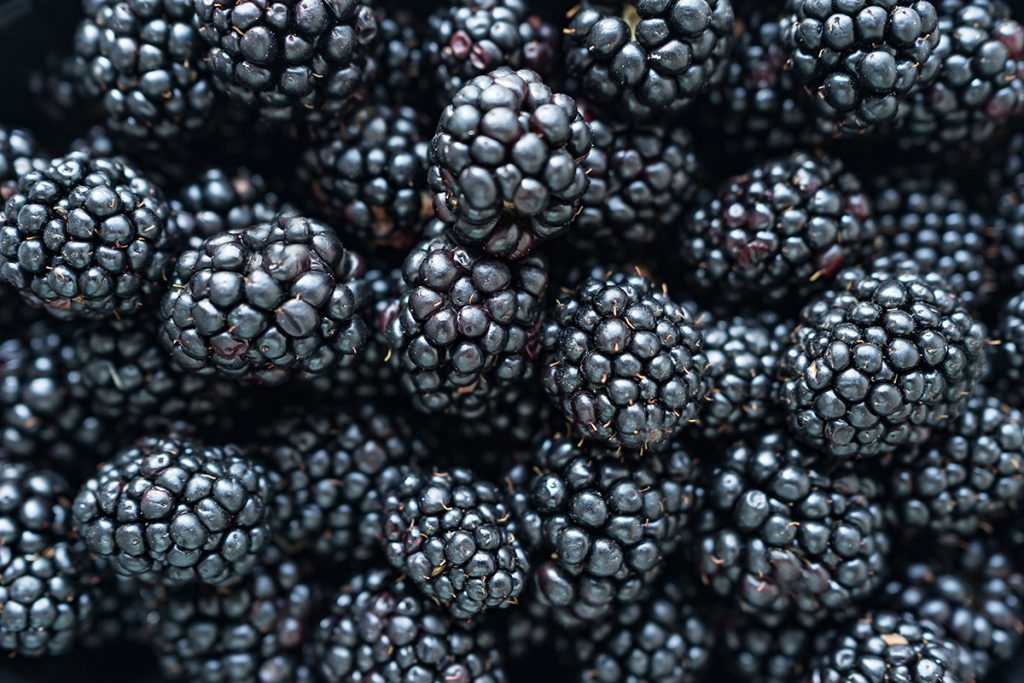
Blackberries
Have you noticed the recurring pattern? Opt for berries whenever possible. They tend to be among the fruits with the lowest sugar content while being rich in fiber. This combination is fantastic for stabilizing blood sugar levels and promoting a lasting feeling of fullness.
Blackberries possess numerous similar qualities to blueberries and raspberries, such as antioxidants, vitamin C, manganese, and more. They may differ slightly in terms of appearance and taste, but they offer equally impressive benefits.
(Here’s a helpful tip: When using prepackaged frozen berries, regardless of the type, make sure to read the label and check for any added sugar. This is just one of the sneaky ways in which the healthiness of fruit can be compromised.)
In terms of nutritional content, one cup of blackberries provides approximately 62 calories, 7.6 grams of fiber, and 7 grams of natural sugars.
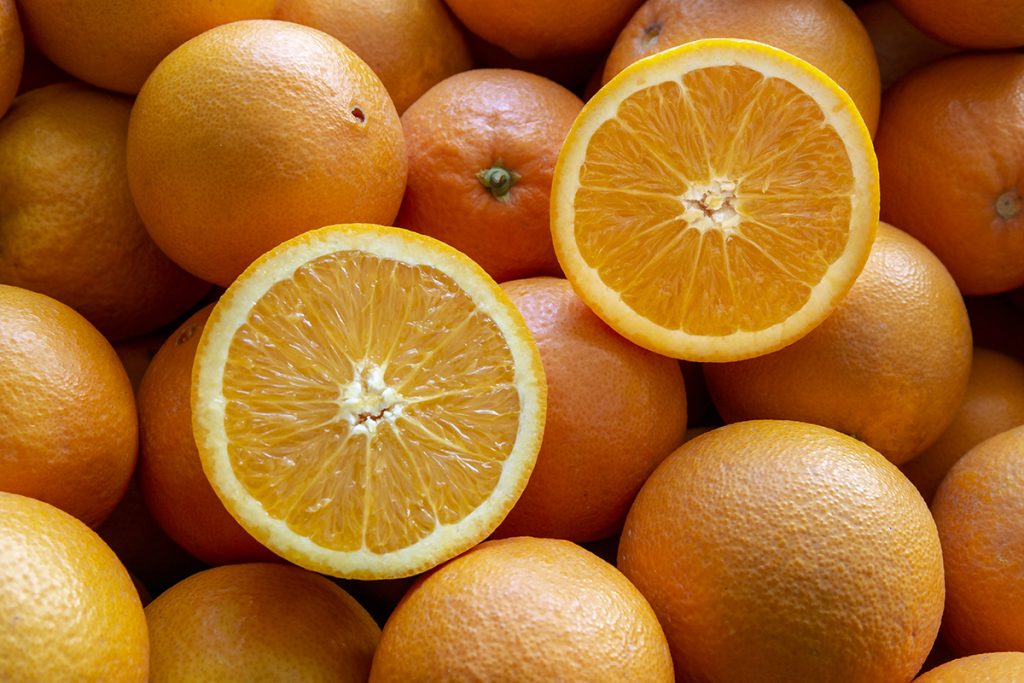
Oranges
Looking for a simple method to fulfill your daily vitamin C requirement? Look no further than a sun-kissed orange.
A single orange is all it takes to meet your recommended daily intake of vitamin C, a vital nutrient that offers various benefits, including:
- Enhancing your immune system.
- Promoting radiant skin.
- Strengthening your bones.
- Alleviating muscle pain.
In addition, consuming an orange is preferable to drinking its juice. Although orange juice provides a beneficial dose of vitamin C, it lacks the fiber present in the whole fruit. (To delve deeper into why 100% juice may not be as healthy as perceived, you can find more information.)
When considering the nutritional breakdown, one large orange contains approximately 86 calories, 4.4 grams of fiber, and 17 grams of natural sugars.
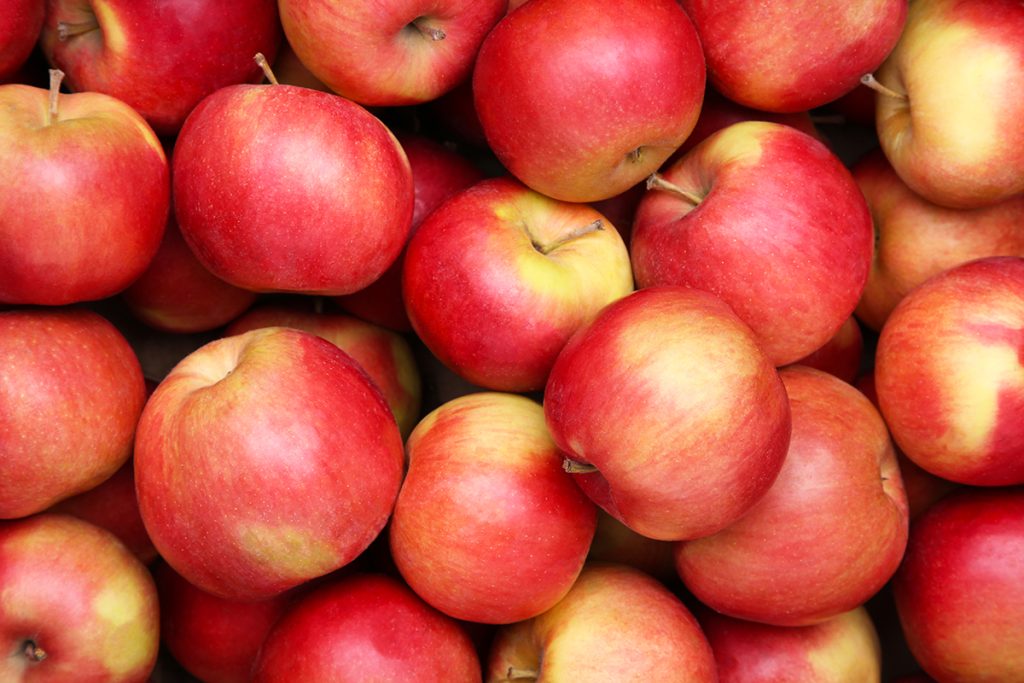
Apples
The saying ‘An apple a day keeps the doctor away’ may be somewhat exaggerated, but there’s no denying the healthiness of this fruit. In fact, studies have shown that individuals who consume an apple daily tend to rely less on prescription medications.
Apples have also been associated with enhanced heart health, reduced asthma symptoms, and decreased risk of cancer. Many of these benefits can be attributed to the high fiber content found in the fruit.
Looking for guidance on choosing apple varieties? Here are some tips provided by a registered dietitian.
In terms of nutritional content, a medium-sized McIntosh apple contains approximately 80 calories, 4.9 grams of fiber, and 16 grams of natural sugars.
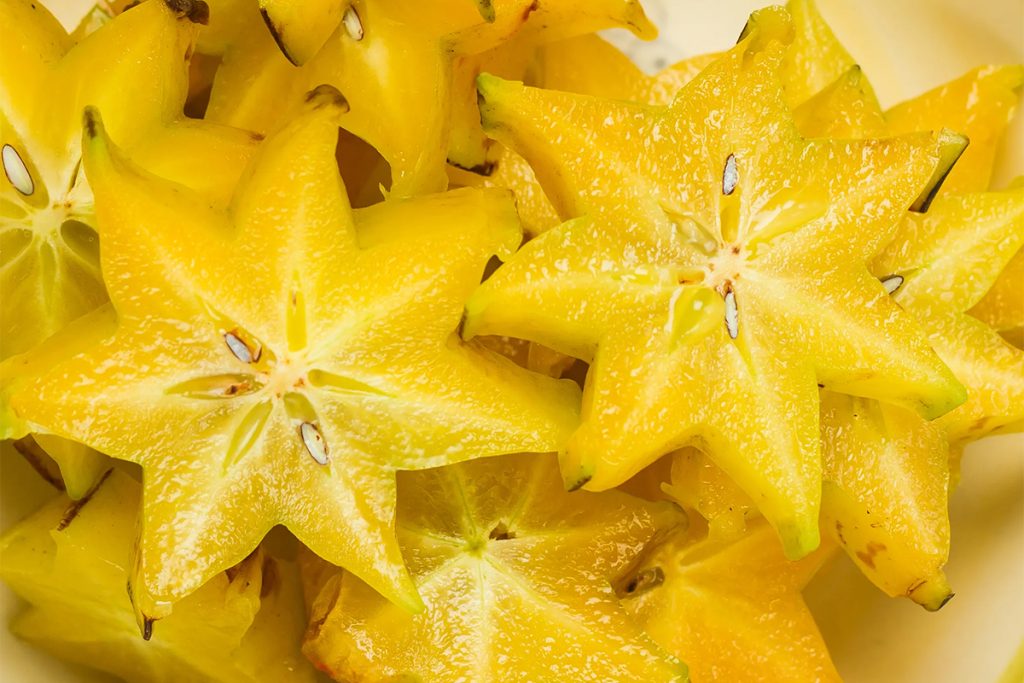
Star fruit
Let’s move away from the usual fruits and explore something more exotic for our final recommendation.
Star fruit, also known as carambola, is sure to captivate you visually. This tropical fruit resembles a sea creature and when sliced at the base, it reveals a star-shaped pattern. It’s a delightful and playful experience.
In terms of nutrition, star fruit is surprisingly nutritious despite being low in calories.
When it comes to numbers, one medium-sized star fruit contains approximately 28 calories, 2.6 grams of fiber, and 3.6 grams of natural sugars.
What are the best fruits to consume conclusion
In summary, having any type of fruit is preferable to not having any at all. According to a report from the U.S. Centers for Disease Control and Prevention, only 1 in 8 Americans consume the recommended two servings of fruit per day.
Therefore, if you enjoy grapes, go ahead and purchase them to savor. Pears make an excellent choice too. And who can resist the delightful treat of pineapples?
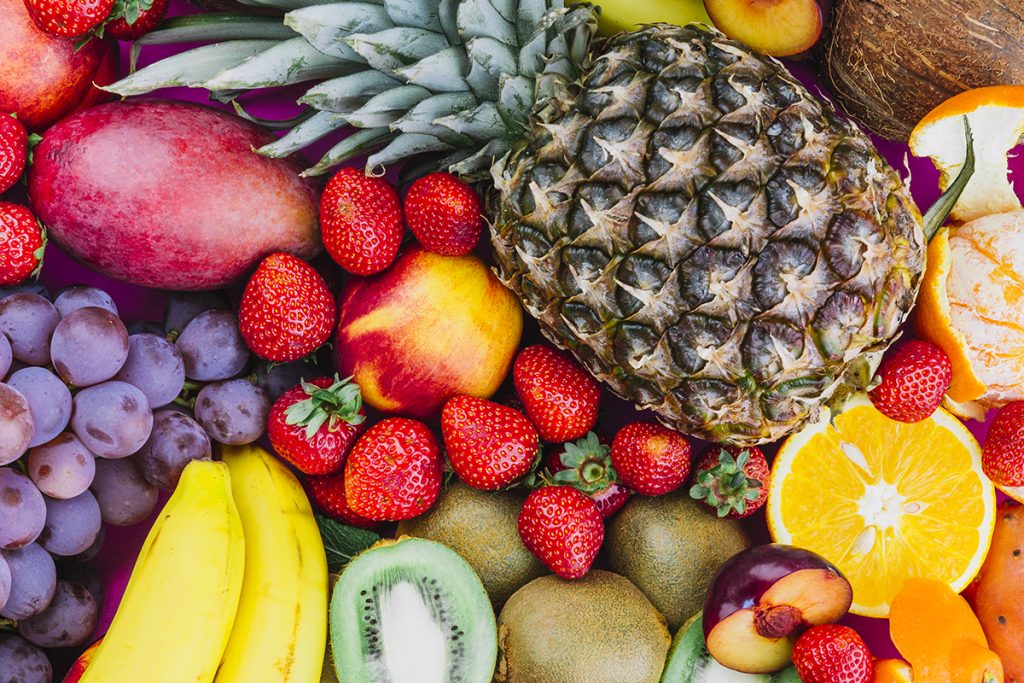
Here are some other important tips when it comes to eating fruits
Opt for locally grown fruit that is in season. When fruit is harvested and left to sit while awaiting transportation to grocery stores, it gradually loses some of its nutritional value. Therefore, the freshest fruit available will offer the highest nutritional content.
To transform your afternoon snack into a more satisfying and well-rounded meal, combine fruit with a protein source. Consider pairing fruit with options like yogurt or peanut butter. This combination will provide you with sustained energy throughout the day.
Be mindful of the sugar content and serving sizes. While natural sugars are generally healthier than processed sugars, it’s still important to exercise moderation. Avoid consuming excessive amounts of even nutritious foods.
Lastly, embrace your adventurous side. With over 2,000 types of fruit available worldwide, there are countless possibilities for preparation and consumption. Step out of your comfort zone and try something new. You never know, you might discover a new favorite that truly delights your taste buds.



